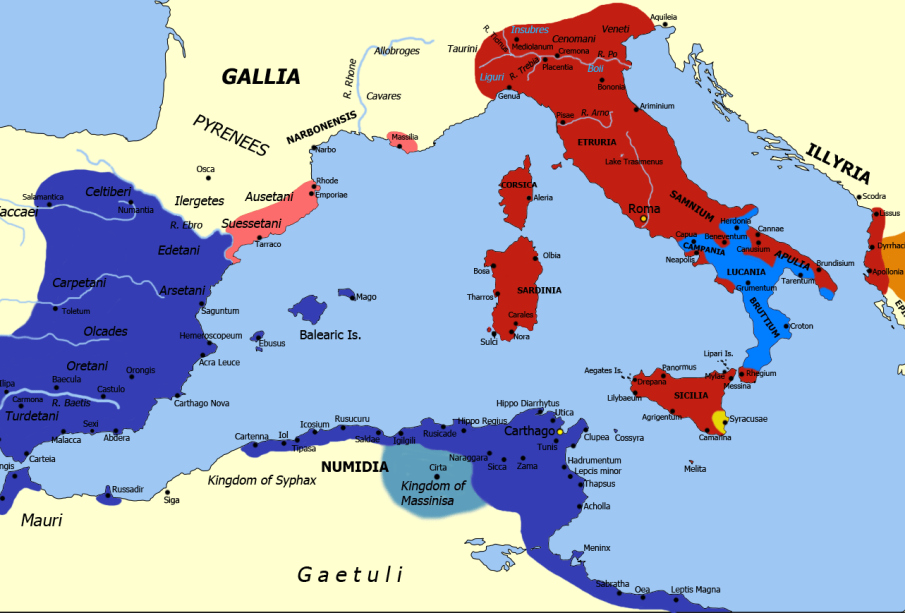Discover the Wonders of Sardinia: A Mediterranean Gem

Introduction
Sardinia, the second-largest island in the Mediterranean Sea, is a destination that combines breathtaking natural beauty with a vibrant culture. Known for its stunning coastlines, rich history, and unique traditions, Sardinia has become increasingly popular with travellers seeking both adventure and relaxation. With the rise of sustainable tourism, understanding this island’s importance is more relevant than ever, as it faces challenges related to environmental conservation and economic growth.
Sardinia’s Stunning Landscape
The island is famous for its diverse landscapes, which range from beautiful beaches with crystal-clear waters to rugged mountains and charming villages. The Costa Smeralda, in the northeastern part of the island, attracts visitors with its luxury resorts and upscale shopping, while the interior offers hiking opportunities in the Barbagia region, known for its traditional Sardinian culture.
Cultural Heritage and Traditions
Sardinia is home to a rich tapestry of historical influences, including the Nuragic civilization, which built thousands of stone towers known as nuraghes. Festivities such as the celebration of Sant’Efisio and the Cavalcata Sarda highlight the island’s cultural vibrancy, showcasing traditional costumes, music, and cuisine. Sardinia’s culinary scene is famous for dishes such as porceddu (roast suckling pig) and culurgiones (stuffed pasta), which reflect the island’s agricultural heritage.
Environmental Conservation Efforts
With its increasing popularity as a tourist destination, Sardinia faces ongoing challenges related to environmental preservation. Overcrowding, especially during the summer months, poses a threat to its delicate ecosystems. In response, local authorities have implemented measures to promote sustainable tourism, emphasizing the importance of protecting Sardinia’s natural beauty for future generations. Initiatives include restricting access to certain beaches during peak times and promoting eco-friendly practices among visitors and operators.
Conclusion
Sardinia is a vital part of the Mediterranean that offers unique experiences and a chance to connect with nature and culture. As tourism continues to grow, it is essential for visitors to engage responsibly with the destination, respecting its environment and traditions. The island’s commitment to sustainable practices will not only help preserve its rich heritage but also ensure that Sardinia remains a beloved destination for generations to come.









